
Yosef Halper behind the counter of his second-hand bookshop in Tel Aviv
Story and photos by Carol Novis
Yosef Halper’s bookstore, half hidden in an alley off Allenby Street, has been a haven for bookworms for 25 years. A warren of rooms, aisles and passages, both inside the shop and out in the open, it houses some 60,000 books, magazines and literary ephemera in many languages, though most are in English. Best sellers, art books, tomes on philosophy, religion and sci fi – it’s all there; a jumble of treasure and trash.
But what few people know is that Halper’s also housed, for a time, a collection of love letters which Yosef retrieved from a discarded suitcase left on Rothschild Boulevard. These letters reunited a couple who had fallen in love during World War II, parted, married other people, lived thousands of miles apart and lost contact for 70 years. Thanks to Yosef, the couple, Haig Kaplan and Ophra Carsenty, were able to find the letters and speak to one another again, before Haig’s death.
It all started when Yosef spied the abandoned suitcase as he was driving around Tel Aviv. He passed it by and then thought again, and doubled back to pick it up. It was just in time – “literally, the garbage truck was just down the block”.
Inside the suitcase, he discovered to his amazement,hundreds of letters written by a Jewish soldier in the British army, Lieut. Haig Kaplan from Bulawayo, Rhodesia (now Zimbabwe), to Ophra Carsenty of Tel Aviv, as well as photos, invitations to balls and other mementos.
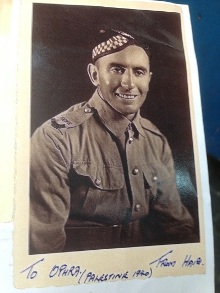
A signed photo of Lieut. Haig Kaplan which he had dedicated to Ophra Carsenty
Ophra, according to the letters, was the daughter of a Sabra teacher at the Herzliya Gymnasia and somewhat of a Tel Aviv socialite. The two had met here at a party for Jewish soldiers andthendated for two years.
“I tried to trace them, but I couldn’t find anything,” said Yosef. “Then, a week after I found the suitcase, a South African couple came into the store and I asked them if they happened to know the name Haig. ‘Sure’, they said. They knew Haig’s brotherwho lived in Rehovot. Through his brother, Yosef was able to contact Haig.
Ophra was traced by a local journalist, who found her living in Tel Aviv. She is now in her 90s and still alive and was delighted to have the letters returned to her by Yosef.
How did the letters end up on the street? It appears that the letters had been kept all that time by Ophra’s sister, and when her apartment was soldthey were thrown out.
The couple, sadly perhaps, had parted after their romancebecause Haig had been transferred elsewhere. Haigreturned to Israel after the war, settled on a kibbutz and fought in the War of Independence. He married a women who was a Czech refugee. Eventually, he returned to Rhodesia where he was living in a retirement home when he heard about the letters. He admitted he had thrown out his letters from Ophra when he heard she was engaged to someone else.
Both of them, moved by the story of the letters, spoke by telephone, though they never met again.
But Yosef is still in touch with Ophra. “I visit her periodically,” he said. “She’s a lovely lady.”
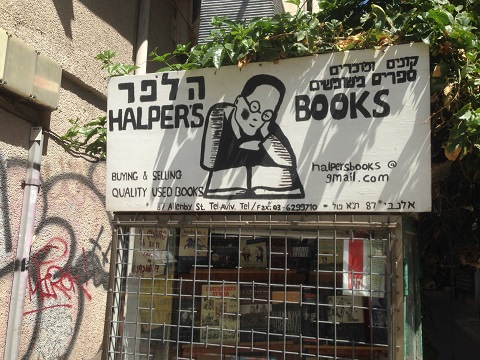
Halper’s Books on Allenby St, Tel Aviv
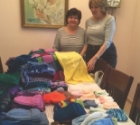 Table Top Mountain of Knitwear!
Table Top Mountain of Knitwear!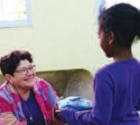 Presents from the Children at After-School Purim Party
Presents from the Children at After-School Purim Party Little Asaf is Brought to Book!
Little Asaf is Brought to Book!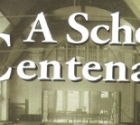 A School Centenary
A School Centenary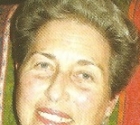 Train Trips
Train Trips-1451900978.jpg) The Agunah- The Deserted Wife
The Agunah- The Deserted Wife Carol Novis
Carol Novis